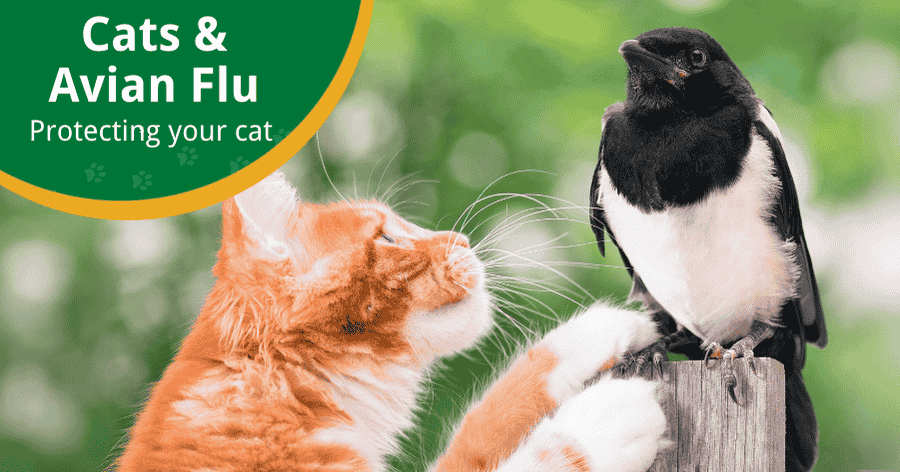.png)
Ticks are more than just a nuisance, they can carry serious, even deadly, diseases for both pets and people. This summer, Indiana pet owners have more reason than ever to stay alert. New reports show the spread of the Asian Longhorned Tick (ALHT) across the state, along with confirmed cases of cytauxzoonosis (commonly known as Bobcat Fever) in outdoor cats.
Here’s what you need to know to protect your pets.
Asian Longhorned Ticks Spreading Across Indiana
The Asian Longhorned Tick (Haemaphysalis longicornis), first detected in the U.S. in 2017, has recently been identified in Dearborn and Hendricks counties—many miles from previous reporting Southern counties—indicating the tick is spreading across the state.
Why This Tick Matters to You and Your Pet
In a recent case, a cow in Dearborn County died from blood loss due to a heavy ALHT infestation. While most diseases linked to ALHTs have not yet been confirmed in Indiana pets, the threat is growing.
What ALHTs Look Like
Asian Longhorned ticks are small (about 2.5 mm), reddish-brown, and unmarked. Engorged ticks may appear pea-sized.
Cytauxzoonosis (Bobcat Fever) on the Rise in Outdoor Cats
Veterinarians in southern Indiana have reported several cases of domestic cats presenting with lethargy, fever, poor appetite, and, in some cases, sudden death. Initially, avian influenza (H5N1) was suspected, but test results confirmed that the cats were infected with cytauxzoonosis, also known as “Bobcat Fever”.
What Cytauxzoonosis Is
Cytauxzoonosis is caused by the parasite Cytauxzoon felis, which is carried by bobcats and transmitted to domestic cats via the bite of a tick. Bobcats are typically asymptomatic but act as carriers. Cats cannot get the disease from other cats or from eating infected ticks. Transmission to cats requires being bitten by a tick.
Bob Cat Fever Symptoms to Watch For in Your Cat
Symptoms usually appear 5 to 14 days after a tick bite (on average, 10 days), and may include:
If you have concerns, it is important to have your cat seen as soon as possible. Without timely treatment, the condition can become life-threatening.
Testing and Prevention of Bob Cat Fever in Your Cat
The Indiana Animal Disease Diagnostic Laboratory (ADDL) has recently confirmed cases in Greene, Martin, and Monroe counties.
Pet owners can help prevent cytauxzoonosis by using a veterinarian-recommended flea and tick preventative, especially on cats that spend time outdoors. In high-risk regions, some clinics may also stock medications to begin treatment immediately upon diagnosis of Bob Cat Fever.
Important to note - Cytauxzoonosis affects only felines; it is not known to infect dogs or other species.
How You Can Protect Your Pets
Tick prevention is the best defense against both ALHT and Bobcat Fever. Here’s what you can do:
If you find a tick on your pet or notice unusual symptoms, don’t wait. Contact us at (317) 516-5921 for guidance and care.
Pet Wellness Clinics is Here to Help
Our veterinary teams are closely monitoring tick-related disease activity across Indiana and are prepared to help you protect your pets. If you have questions about prevention, need tick identification assistance, or want to schedule a wellness exam, we’re here for you.


